InterAction
Support for women new in Sweden

Project Overview
Purpose: An app supporting women who’ve lived in Sweden for less than five years by giving them easier access to vital information.
Target group: Women, new to Sweden (≤5 years).
User Insights & Context:
From nine interviews we identified three key challenges:
1. Hard to find relevant information
2. Social isolation
3. Language barriers
We focused on the first challenge, using scenario-based design to understand users’ daily lives and create solutions tailored to their needs.Concept Development
Process:
We began with qualitative interviews to understand the target group’s challenges. From these insights, we used scenario-based design to map everyday situations and define user needs. We then applied the MoSCoW method to prioritize requirements and created a clickable hi-fi prototype. Throughout, user testing guided design decisions — such as combining Info and FAQ into one section and ensuring the language switch was always accessible.
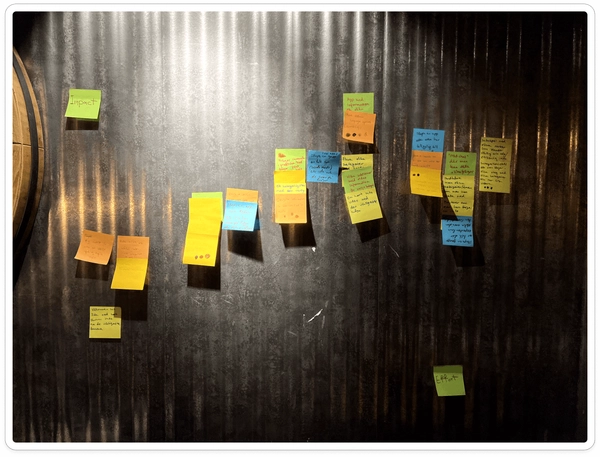
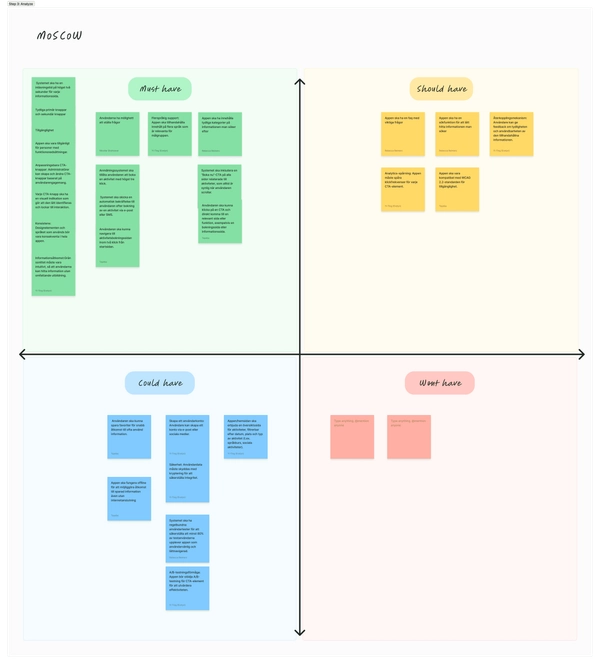
Design Decisions
Navigation: Simple structure with three main sections — Information, Activities, FAQ.
Accessibility: Language switch available on every page, clear categories, and easy booking flows.
Visual Identity:
Typography: Nunito — friendly, modern, and highly legible.
Colors: Warm orange and pink accents to promote community and energy, paired with neutrals for readability.
Style: Minimal icons and clean layout to reduce cognitive load.
Outcome: We built a clickable hi-fi prototype showing onboarding, information categories, FAQ, and activity booking. The design supports integration by making information accessible, encouraging participation in social events, and reducing feelings of isolation.
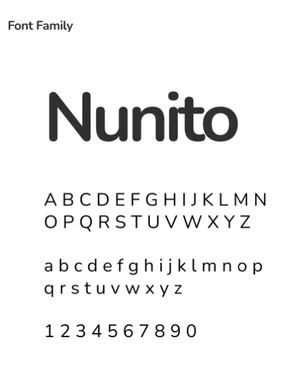

Design Process
The design process followed an iterative approach, with each stage building upon insights gained from user testing and stakeholder feedback. Prototyping played a crucial role in validating interaction concepts before final implementation.

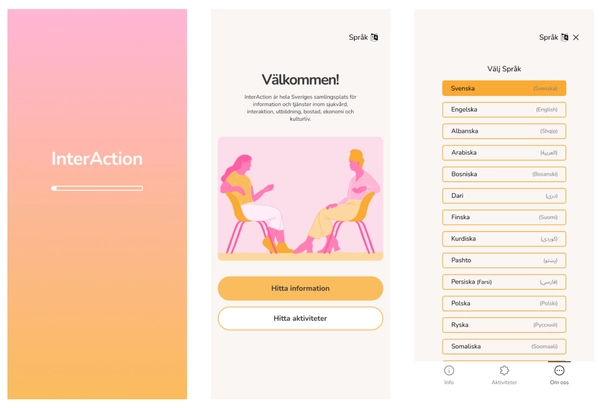
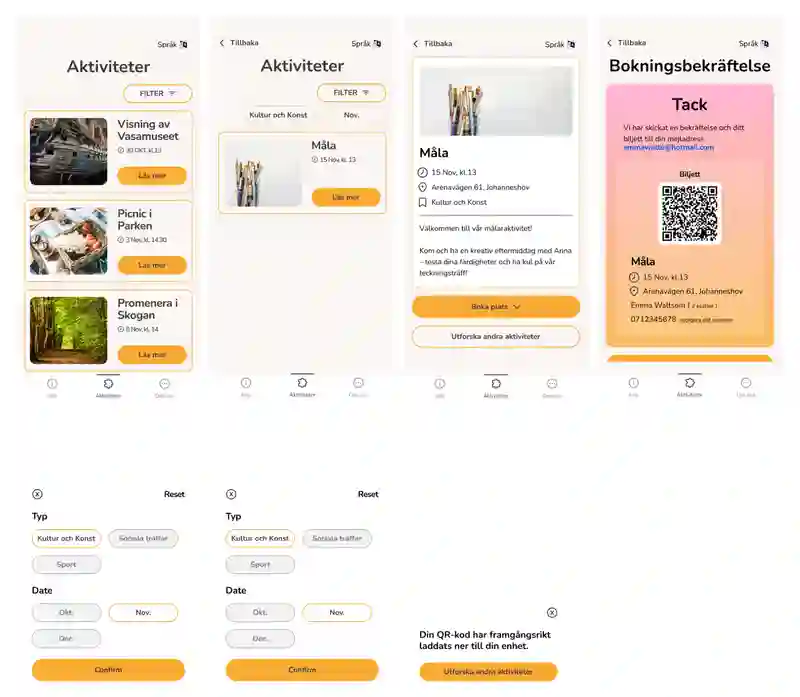
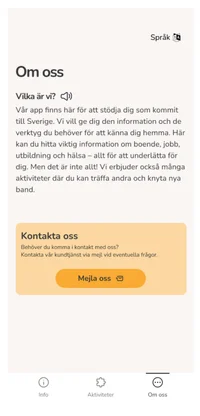
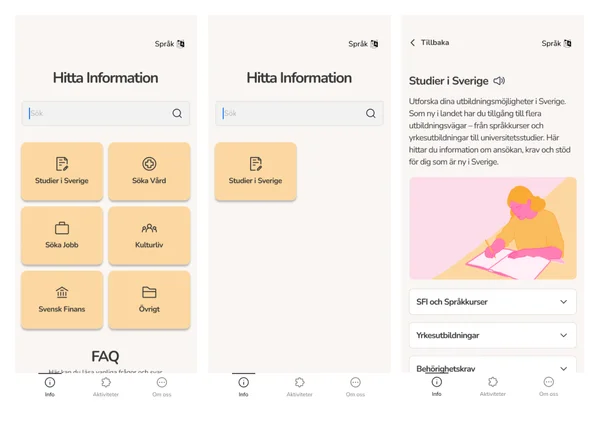
Results & Impact
Our process resulted in a clickable hi-fi prototype that makes vital information easier to access, available in multiple languages, and supported by clear navigation. User testing showed that participants found the app easy to use, less overwhelming, and appreciated the ability to switch languages and book activities quickly. The design not only improves access to information but also fosters community and integration for women new to Sweden.